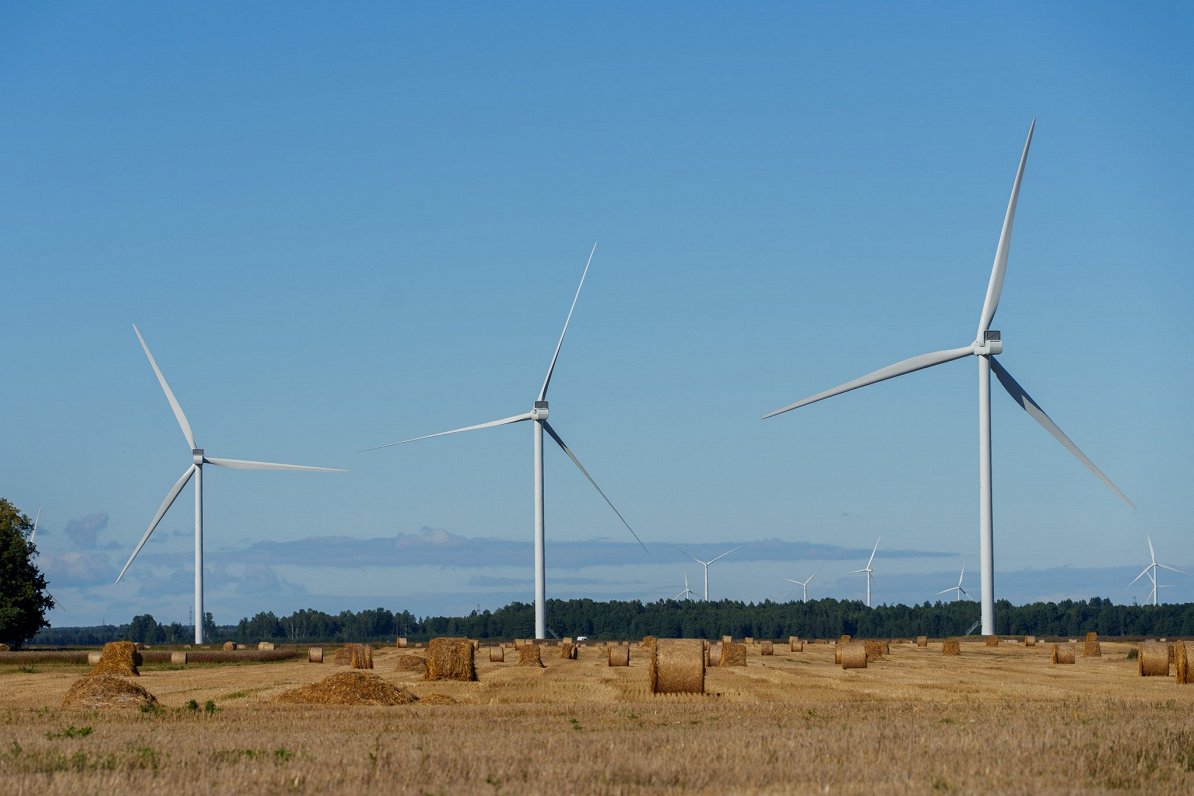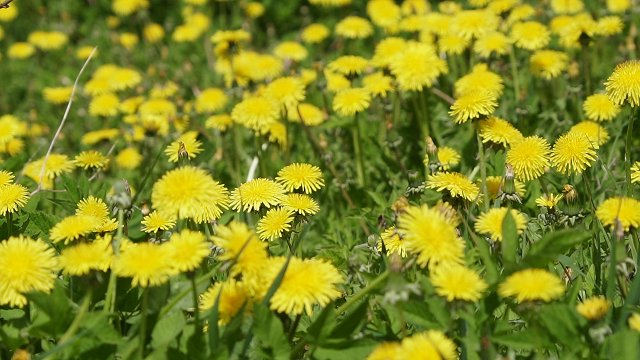Wind energy currently accounts for just under three percent of our electricity generation balance, according to data of the Ministry of Climate and Energy. The situation could change dramatically in a couple of years, when powerful wind parks in the private sector are expected to be set up in 2025, for example, in peat bogs in Jelgava municipality.
“It's [the company's] Laflora's wind park – 90 megawatts and Eolus wind park in Pienava of a little over 120 megawatts. At the same time, the environmental impact assessment procedures in a number of other developers' projects are ongoing. It is capital mainly from Denmark, Finland, Estonia, Lithuania, Sweden. Our forecast is that around 500 to 800 megawatts could be connected to the grid in 2026 and 2027,” said Lāsma Līvzeniece, executive director of the Wind Energy Association.
The capacity of 500 megawatts is approximately a quarter or 25 percent of Latvia's total consumption. Around 80 wind generators can produce this much.
According to the Public Service Market Commission's report on the Baltic electricity market last year, Latvia covered its electricity consumption by nearly 70 percent. It should therefore be expected that, in theory, the electricity produced could be enough for self-consumption in a few years' time. Energy is also a good export commodity, but it is not yet clear how Latvia could transmit it.
“Very much depends on how the country will address the issue of network access,” said Līvzeniece. “This is one of the biggest energy challenges right now.”
According to the Investment and Development Agency, investors themselves have to think about where the wind energy will go, but the joint project between Estonia and Latvia is also meant for such matters, explains Deputy Director Laura Štrovalde.
“Negotiations are ongoing, for example, on the development of a new connection to Germany or the ongoing negotiations on a new connection to Sweden. In other words, this park could serve as an accelerator in order to divert electricity to other parks, or to attract investors who would invest in storage solutions, which are also rapidly developing around the world,” said Štrovalde.
The agreement to start interconnection with Germany has been signed but these plans are quite theoretical at the moment.































